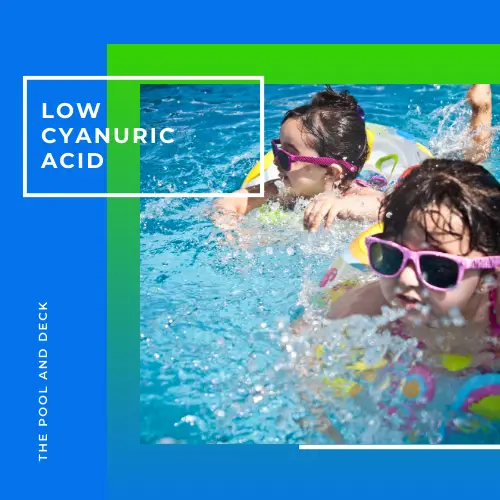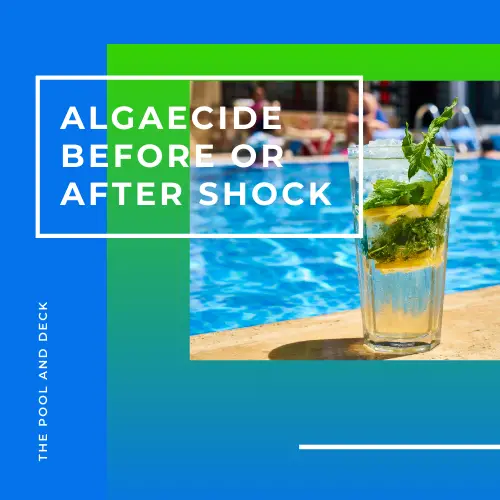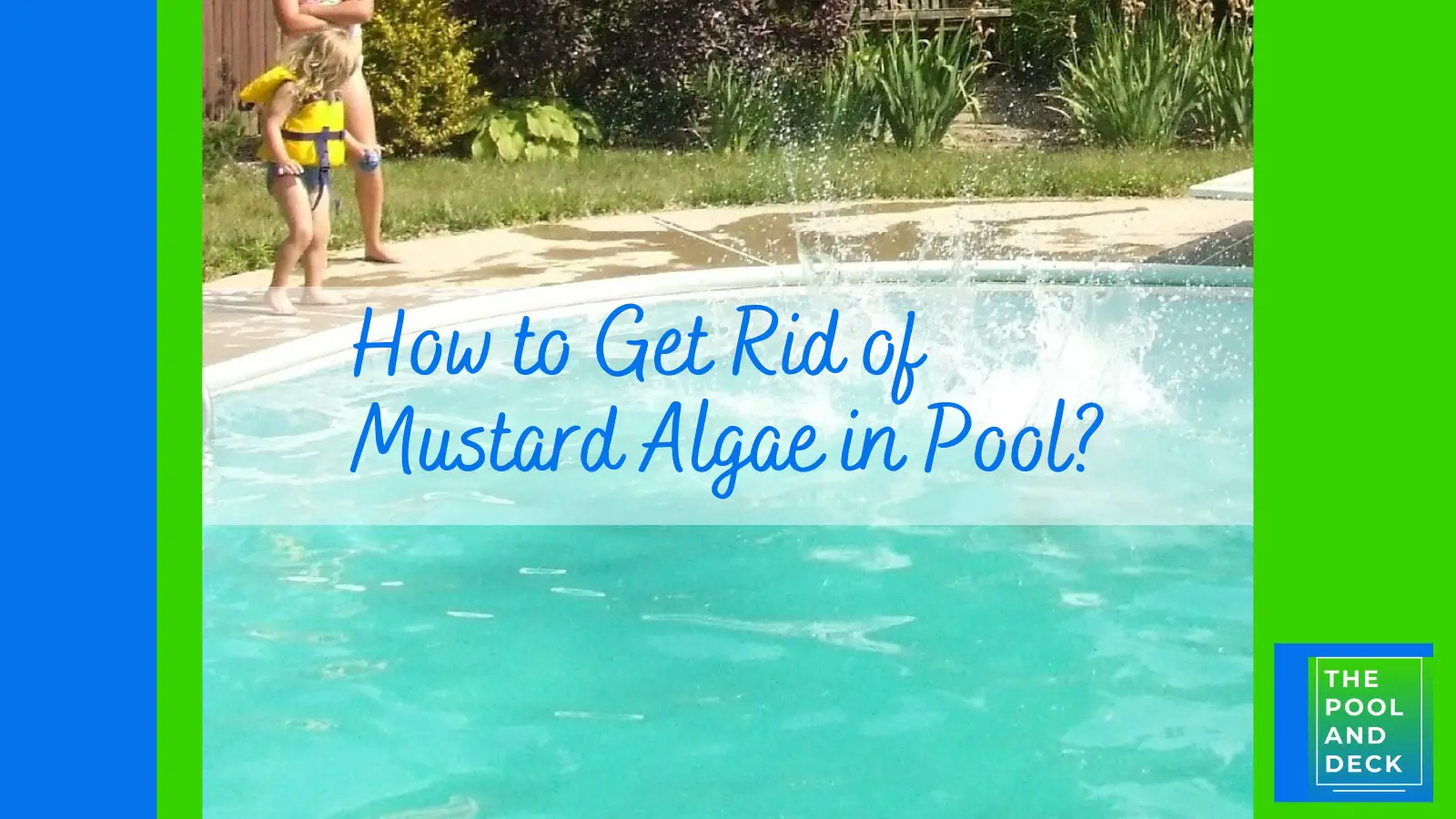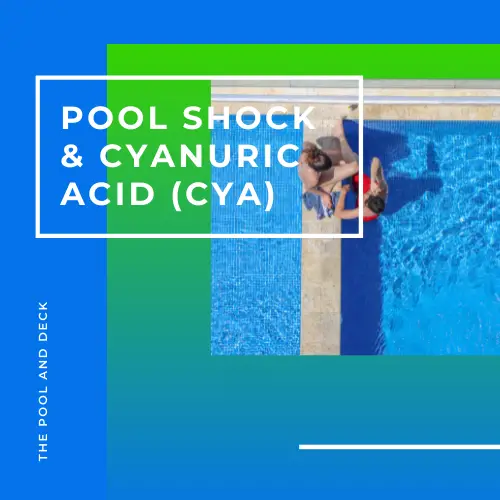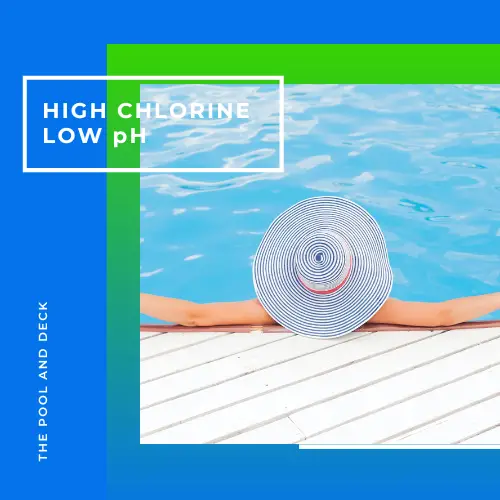Cyanuric Acid vs Muriatic Acid for Pools: Simple Guide for 2025!
As an Amazon Associate, I earn from qualifying purchases.
Table of Contents
Cyanuric Acid vs Muriatic Acid: Key Differences
When it comes to Cyanuric Acid vs Muriatic Acid, it is easy to get confused. After all both have the word “Acid” in them and both are used in pools. But that’s where the similarities end.
Not only are Cyanuric Acid and Muriatic Acid two different chemicals, they play totally different roles when it comes to maintaining pool chemistry. So here are the key differences:
| Cyanuric Acid | Muriatic Acid | |
| Chemical Name | 1,3,5-triazine-2,4,6-triol | Hydrochloric Acid |
| Chemical Formula | (CNOH)3 | HCl |
| Physical Form | Fine crystalline yellow powder. | Pale yellow liquid with pungent odor. |
| Function | Stabilizes chlorine, protecting it from breakdown by ultraviolet (UV) rays. | Lowers pH and total alkalinity for optimal chlorine performance. |
| Benefits | Extends chlorine lifespan, reduces overall chlorine consumption. | Reduces calcium scaling, optimizes chlorine effectiveness. |
| When to Add | If CYA level in your pool is less than 30 ppm | If pH level in your pool is higher than 7.8 |
| Hazard Identification | Not a hazardous substance or mixture | Corrosive |
| Handling | Safe to handle as it is used as a compound in Dichlor powder or Trichlor tablets. | Must use Personal Protective Equipment (PPE) such as safety glasses, gloves, etc. |
Molecular Structure: Cyanuric Acid vs Muriatic Acid
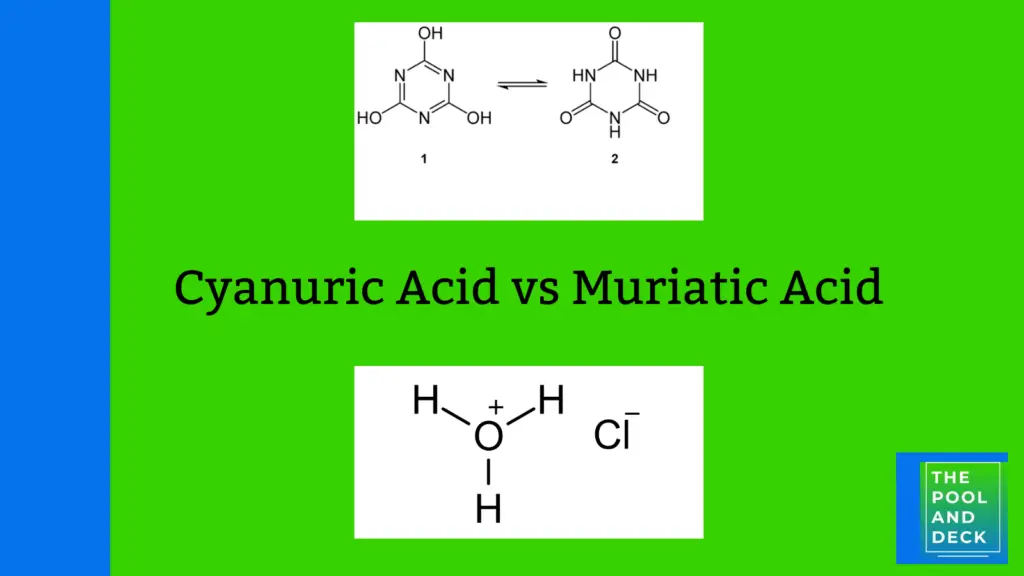
If you are happy with the concise information above, great! However, if you want to dig deeper keep reading.
What is Cyanuric Acid?
Cyanuric acid, also known as pool stabilizer or conditioner, is a chemical compound. Cyanuric Acid (CYA) is a hexagon shaped molecule with 3 Nitrogen atoms. The Chlorine atom can attach itself to the Nitrogen atom through a weak bond.
As long as the Chlorine atom is attached to the Nitrogen atom, it is not “free”. It is safe from the harsh UV rays of the sun. As such the primary role of Cyanuric Acid (CYA) is to protect chlorine from being broken down by the sun’s ultraviolet (UV) rays.
By acting as a shield, cyanuric acid helps to extend the lifespan of chlorine in the pool water, ensuring that it remains effective in sanitizing the pool.
In simpler terms, cyanuric acid helps to keep the chlorine working for longer periods, thus reducing the need for frequent chlorine additions.
Maintaining Ideal Cyanuric Acid Level for a Pool
The ideal level of Cyanuric Acid (CYA) in an outdoor pool should be between 30 – 50 ppm. It can be a lot lower in an indoor pool as the pool gets little or no sunlight.
The easiest and the best way to maintain the ideal level of Cyanuric Acid (CYA) in an outdoor pool is to use Trichlor tablets in floaters or the skimmer basket.
Trichlor is short for Trichloroisocyanuric Acid or “Trichloro-S-Triazinetrione”. Trichlor is manufactured by the chlorination of Cyanuric Acid (CYA), so it contains both Chlorine for sanitization and CYA for stabilization.
Pool Sanitizer (Trichlor)
HTH 42055 Pool Care 3″ Chlorine Tabs Advanced
Sanitizer, clarifier, and algaecide to protect your swimming pool and swimmers with one easy and convenient tab.
However, if for any reason the CYA level in your pool is really low you can increase it by adding some stabilizer.
HTH 67061 Pool Care Stabilizer is the best Chlorine Stabilizer for your pool when the Cyanuric Acid (CYA) levels are low.
HTH 67061 Pool Care Stabilizer
Helps protect and extend the life of chlorine in your swimming pool water and ensures healthy swimming conditions. Helps slow down the effects of direct sunlight.
Simply add HTH Chlorine Stabilizer directly to your skimmer as per the recommended dose.
Not sure how much to add? Check out my Cyanuric Acid Pool Calculator.
What is Muriatic Acid?
Muriatic acid, also known as hydrochloric acid, is a useful pool chemical for bringing down high levels of pH and total alkalinity levels.
To understand the usefulness of muriatic acid, you need to understand what is pH and why it is important to maintain pool water pH between 7.4 and 7.6.
Maintaining the ideal pH level in your pool will ensure swimmer comfort, prevent corrosion of pool surfaces and equipment, and optimize the effectiveness of chlorine.
For an even deeper understanding check out my earlier article Understanding pH and Alkalinity in the Pool: A Simplified Guide.
In case the pH level of your pool goes beyond 7.8 you must bring it down by adding some Muriatic Acid to the pool. Not sure how much to add? Check out my Muriatic Acid Pool Calculator.
The Best Muriatic Acid for Your Pool
Acid Blue Muriatic Acid by CPDI is the best Muriatic Acid for lowering high pH of your pool. You can order it from Amazon.
Acid Blue Muriatic Acid by CPDI
Vapor Reduction Technology reduces up to 90% of harmful vapors compared to standard muriatic acid.
Thank you very much for reading the post. I do hope you found it informative and helpful.




